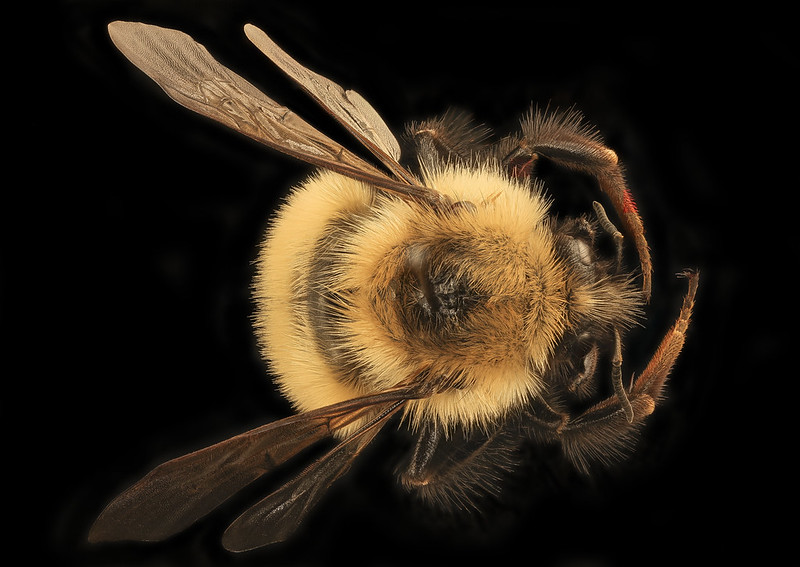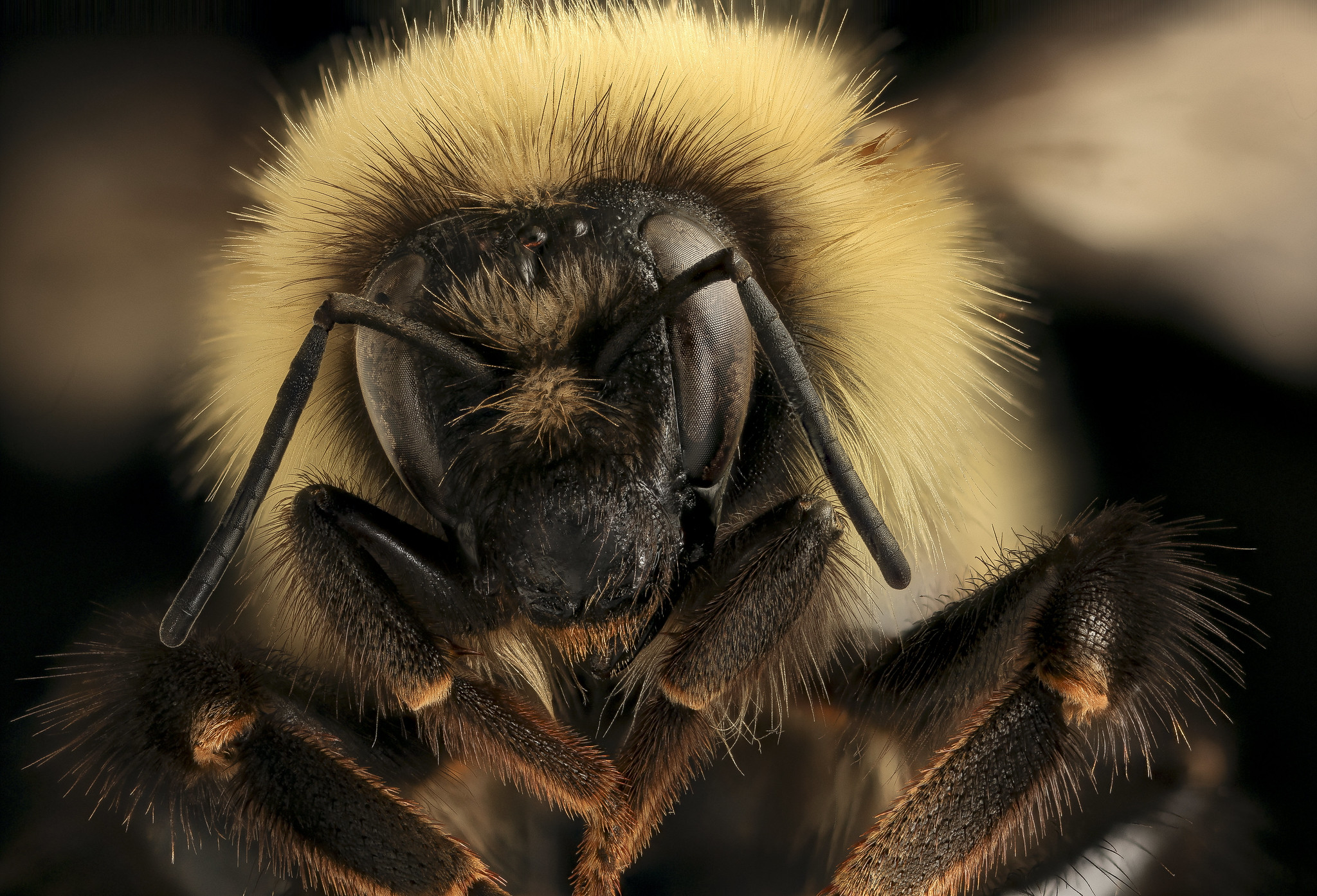Map Snapshot




6 Records
Status
"The Eastern Mystery Bombus. Here is Bombus sandersoni. Rather late on the scene taxonomically...described in 1913 as a subspecies of B. vagans by the Franklin (famous bumble bee dude from the Northeast) and later elevated to species status. It is the trickiest to ID species in the East. The only real characters are a not too short, not too long malar space (space between the eye and mandible) and often a lot of white hairs on T5 of the abdomen...but maybe sometimes not having white hairs to make things tricky. Generally uncommon, generally found in heavily wooded northern and Appalachian regions and frankly irritating in its ambiguity. Also, apparently just not sexy enough for anyone to want to study it, unlike the other generally over studied species of Bumble Bees." (S. Droege, pers. comm.)
Seasonality Snapshot
Source: Wikipedia
| Bombus sandersoni | |
|---|---|

| |
| Scientific classification | |
| Domain: | Eukaryota |
| Kingdom: | Animalia |
| Phylum: | Arthropoda |
| Class: | Insecta |
| Order: | Hymenoptera |
| Family: | Apidae |
| Genus: | Bombus |
| Subgenus: | Pyrobombus |
| Species: | B. sandersoni
|
| Binomial name | |
| Bombus sandersoni Franklin, 1913
| |
Bombus sandersoni is a species of bumblebee known commonly as the Sanderson bumblebee.[1][2] It is native to North America, where it occurs across Canada and in the eastern United States.[1]
The queen is 15 to 16 millimeters long and 6 millimeters wide at the abdomen. It is black with pale hairs on the head and yellow on the abdomen. The worker is up to 13 millimeters long and 5 millimeters wide. It is similar to the queen except the tip of the abdomen is black. The male is 10 to 13 millimeters long and 5 to 6 millimeters wide. It has long hairs, yellow on the head and part of the abdomen and black at the end of the abdomen.[3]
This bee occurs in maritime Canada, temperate forest, the Canadian Prairies, tundra, and taiga. It lives in and around wooded areas. It feeds on several types of plants, including cohosh, fireweeds, kalmia, honeysuckles, bergamot, blackberries, and bilberries.[1] It nests underground.[1]
This bee has faced no significant declines. It may, however, be more sensitive to climate change than other bee taxa.[1]
This species was found to harbor the bee parasite Nosema bombi.[4]
References
[edit]- ^ a b c d e f Hatfield, R., et al. 2015. Bombus sandersoni. The IUCN Red List of Threatened Species. Downloaded on 10 March 2016.
- ^ NatureServe. 2015. Bombus sandersoni. NatureServe Explorer Version 7.1. Accessed 10 March 2016.
- ^ Bombus sandersoni. Mitchell, T. B. 1962. Bees of the Eastern United States. North Carolina Agricultural Experiment Station Technical Bulletin No. 152. Reprinted in Discoverlife.org.
- ^ Sokolova, Y. Y., Sokolov, I. M., & Carlton, C. E. (2010). Identification of Nosema bombi Fantham and Porter 1914 (Microsporidia) in Bombus impatiens and Bombus sandersoni from Great Smoky Mountains National Park (USA). Journal of Invertebrate Pathology, 103(1), 71-73.


